
TABLE I
COMPARISON BETWEEN THE PREVIOUS STUDIES
Architectures Dataset Accuracy Reference
CNN Retinal OCT 94.87% [19]
ResNet50-v1 Retinal OCT 94.92 % [20]
CNN Glaucoma 84.50% [10]
FNN Glaucoma 92.5% [11]
The significant contributions of this article are stated as
follows:
•A transfer learning based Glaucoma disease detection
model is proposed and a comprehensive study between
various pre-trained model’s performance on Glaucoma is
conducted.
•Evaluating the interpretability of the proposed model
using Local Interpretable Model-Agnostic Explana-
tions(LIME) that offeres the medical practitioners with
key features or information for the accurate classification
of visual diseased Glaucoma.
•Performance of the proposed model has been studied on
a benchmark Glaucoma dataset.
A brief overview of previous Glaucoma disease classifica-
tion research is included in Section II of this paper, followed
by a brief discussion of our methodology, models, and tech-
niques in Section III, which is divided into five sub-sections.
The explanation of the work plan is provided in section III-
A, whereas III-B discusses data set description, and Section
III-C exposes our proposed CNN model. The performance
evaluation have been depicted in Section IV. Finally, in Section
V we have interpreted our model and attempted to illustrate
how it makes decisions.
II. LITERATURE REVIEW
Glaucoma is one of the most common causes of permanent
blindness around the world [9]. As when the pressure inside
the eye is too high in a particular nerve that moment glaucoma
will develop and it will also create eye ache. The working
mechanisms of the different diagnosis tools like tonometers,
gonioscopy, scanning laser tomography, etc are available for
the treatment and detection but there are some advantages and
disadvantages which sometimes create boundaries. For this,
there should be an evaluation of how this works. But with
using deep learning the boundaries can be removed. As the
XAI concept can be understood by humans which will be
closer to the human brain to understand. We have utilized
ImageNet’s various pre-trained models in order to classify
diseased Glaucoma.
Table I depicts the brief illustration of previous studies.
Additionally, one more research was done from which We
learned The impact of artificial intelligence in the diagnosis
and management of glaucoma from [12]. Computerized auto-
mated visual field testing represents a significant improvement
in mapping the island of vision, allowing visual field testing to
become a cornerstone in diagnosing and managing glaucoma.
Goldbaum developed a two-layer neural network for analyzing
visual fields in 1994 et al. [7]. This network classified normal
and glaucomatous eyes with the same sensitivity (65%) and
specificity (72%) as two glaucoma specialists.
The pathogenesis of glaucoma appears to be dependent
on several interconnected pathogenetic mechanisms, including
mechanical effects characterized by excessive intraocular pres-
sure, reduced neutrophil produce, hypoxia, excitotoxicity, ox-
idative stress, and the involvement of autoimmune processes,
according to new evidence [13]. Hearing loss has also been
linked to the development of glaucoma. In normal tension
glaucoma patients with hearing loss, antiphosphatidylserine
antibodies of the immunoglobulin G class were shown to
be more prevalent than in normal-tension glaucoma patients
with normacusis. The World Health Organization reports that
glaucoma affects approximately 60 million people worldwide.
By the year 2020, it is expected that approximately 80 million
people will suffer from glaucoma, which is anticipated to result
in 11.2 million cases of bilateral blindness [14]. This is why
it needs to be treated as early as possible according to the
authors.
Unlike the studies mentioned above, our focus has been on
interpreting our proposed model such that medical practition-
ers would feel confident utilizing our approach.
III. METHODOLOGY
We can obtain a clear overview of our proposed model
which is separated into three subsections, from Section III.
Part III-A discusses about our working plan, followed by part
III-B, which discusses data gathering and pre-processing, and
lastly, part III-C, which discusses the architecture.
A. System Model
We have employed Deep Learning or FCNNs in our work
which is a BlackBox function. Generally, Black boxes work
excellently but their structure won’t give you any insights that
will explain how the function is being approximated. For this,
we have used LIME which is one of the most popular XAI-
based python libraries. There are a lot of XAI frameworks
that explain the BlackBox model’s insights by features. XAI
functions work well in terms of explaining complex classifica-
tion models. In short, these functions generate an explanation
through charts of graphs for a complex model’s prediction
which are also pretty fast. Figure 2 represents how black boxes
actually work with the help of LIME.
Here we can see BlackBox models generate a result or
output based on some features from the given/training datasets.
And through lime, we can have a visualization from which
features the output was based on. In our Glaucoma dataset,
we have some features for Suspicious glaucoma and Non-
glaucoma. In both sections, we have fundus images, and
labels as 1 as the confirmed glaucoma case and 0 as the
Non-glaucoma case. To apply XAI, we took Fully Connected
Neural Networks (FCNNs) as a black box AI model to predict
glaucoma with the help of the data. To compile all of these
classifications and determine the average of these scores to one
single output, we will use ReLU non-linear activation function

 2024-12-10 42
2024-12-10 42
 2024-12-10 73
2024-12-10 73
 2024-12-26 152
2024-12-26 152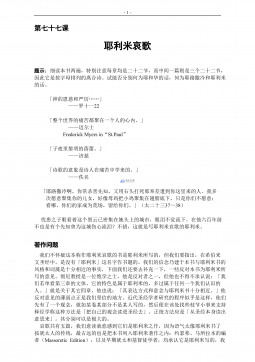
 2024-12-26 303
2024-12-26 303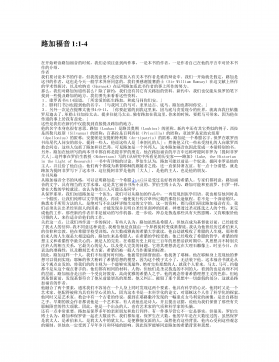
 2024-12-26 173
2024-12-26 173
 2024-12-26 250
2024-12-26 250
 2025-08-09 209
2025-08-09 209
 2025-08-09 51
2025-08-09 51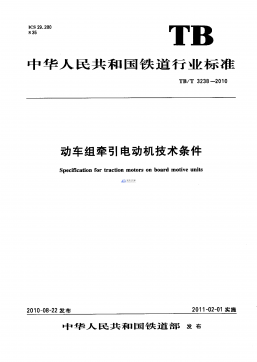
 2025-08-18 3
2025-08-18 3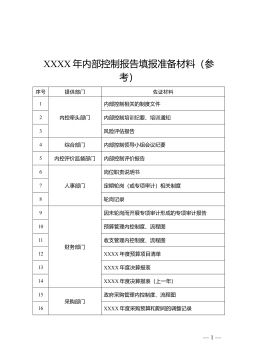
 2025-11-20 23
2025-11-20 23
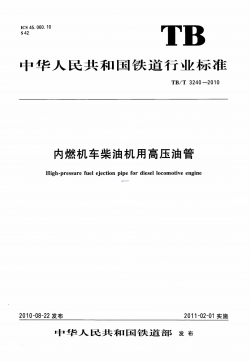






 渝公网安备50010702506394
渝公网安备50010702506394
